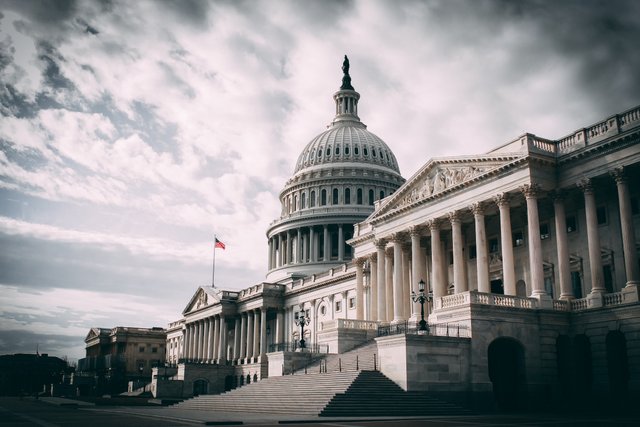
“Remote” has been a key word in the news recently. Not just working remotely, as we discussed in our last post, but also the possibility of remote voting for senators in the US. While remote voting would seem like an obvious solution during a pandemic, it’s a contentious issue for various reasons.
What are the cases for and against remote voting for politicians in the US, and how is the situation likely to change in the coming months?
The case for remote voting in the Senate
Until the COVID-19 outbreak, there was never any discussion of remote voting for senators. While there has been a gradual move towards forms of e-voting for ordinary US citizens, there has been no obvious reason to make such a significant change to the standard voting procedure for Congress.
The pandemic, of course, has changed everything. With everyone keen to adhere to social distancing rules and public health advice, it makes sense for politicians to change their behaviour accordingly. The need for remote voting became even more apparent when Senator Rand Paul tested positive for COVID-19; many members of Congress went into quarantine shortly afterwards.
Charles Schumer, the Senate Minority Leader, has argued in favour of remote voting in emergency situations: “The Senate is a body where we're supposed to debate and hear one another and be with one another. So I am loath to get rid of that but, in an emergency, you may have to temporarily”. The idea has the support of many Democrats, including Bernie Sanders and Elizabeth Warren.
In a recent opinion piece for the Washington Post, Senators Rob Portman and Dick Durbin (Republican and Democrat respectively) also made a strong case for remote voting in emergency situations. Portman and Durbin say that Senate leaders should be allowed to practise remote voting for temporary periods, to prevent unnecessary delays: “It is imperative that our federal institutions find ways to continue to perform their constitutional duties.”
Beyond the Senate, other politicians across the US are already preparing to use remote voting, in direct response to the COVID-19 crisis. The New Jersey General Assembly held the first ever e-voting session last week, and other branches of local government are trying out similar solutions. When taken to its logical conclusion, social distancing in politics means not just video conferences or spreading out across a basketball arena, but also voting remotely. If there was ever a moment to take the leap with remote voting and decision-making, even in the most traditional upper tiers of government, this is it.
Congress opposition to remote voting
Despite strong support for remote voting - at least on a temporary basis during a crisis - the proposal has met with opposition. A report commissioned by the House Democratic leadership, under the direction of House Speaker Nancy Pelosi, concluded that suddenly allowing Congress (and the Senate) to vote remotely would raise “serious security, logistical and constitutional challenges”. While the report does not rule out remote voting in the future, it also makes it clear that implementing such a significant change is not something to be rushed through:
“A rule change of this magnitude would also be one of the biggest rule changes in the last century, in one of the most critical institutions in our country...It would require major changes to foundational House rules surrounding deliberation, voting, and attendance, which would almost certainly cause unintended consequences if not done with adequate forethought and discussion.”
There are also concerns about security, and the possibility of technological malfunction; the report refers to the recent problems with the Iowa caucus and a malfunctioning app. In other words, it seems that despite the unprecedented situation created by COVID-19, Congress is currently reluctant to make the change.
What next?
Remote voting or e-voting is already taking place across the world, from parliamentary elections in Estonia to shareholder meetings in Korea. While it’s understandable that an institution like the US Congress would be more resistant to change, the COVID-19 crisis shows that some flexibility is needed, at least in times of emergency. In the words of Democrat Katie Porter, “We’re asking businesses, schools, and local governments to practice social distancing to keep Americans safe; Congress should be no different.”
Considering that many members of Congress are in their 60s or 70s, the case for remote voting during COVID-19 is particularly compelling. Protecting health while keeping the government going should be top priority. Even when the crisis has abated, the disruption caused is unlikely to fade from memory any time soon, and senators may well continue to advocate for change.
It seems inevitable that recent events will lead to a more flexible attitude to remote voting. But at the moment, it’s impossible to say exactly when that change will come, or what form that change will take. What does remote voting really mean? Voting by phone, by videoconference or app? In these uncertain, fast-changing times, it’s hard to say, but change is coming sooner rather than later - new forms of voting are on the horizon.